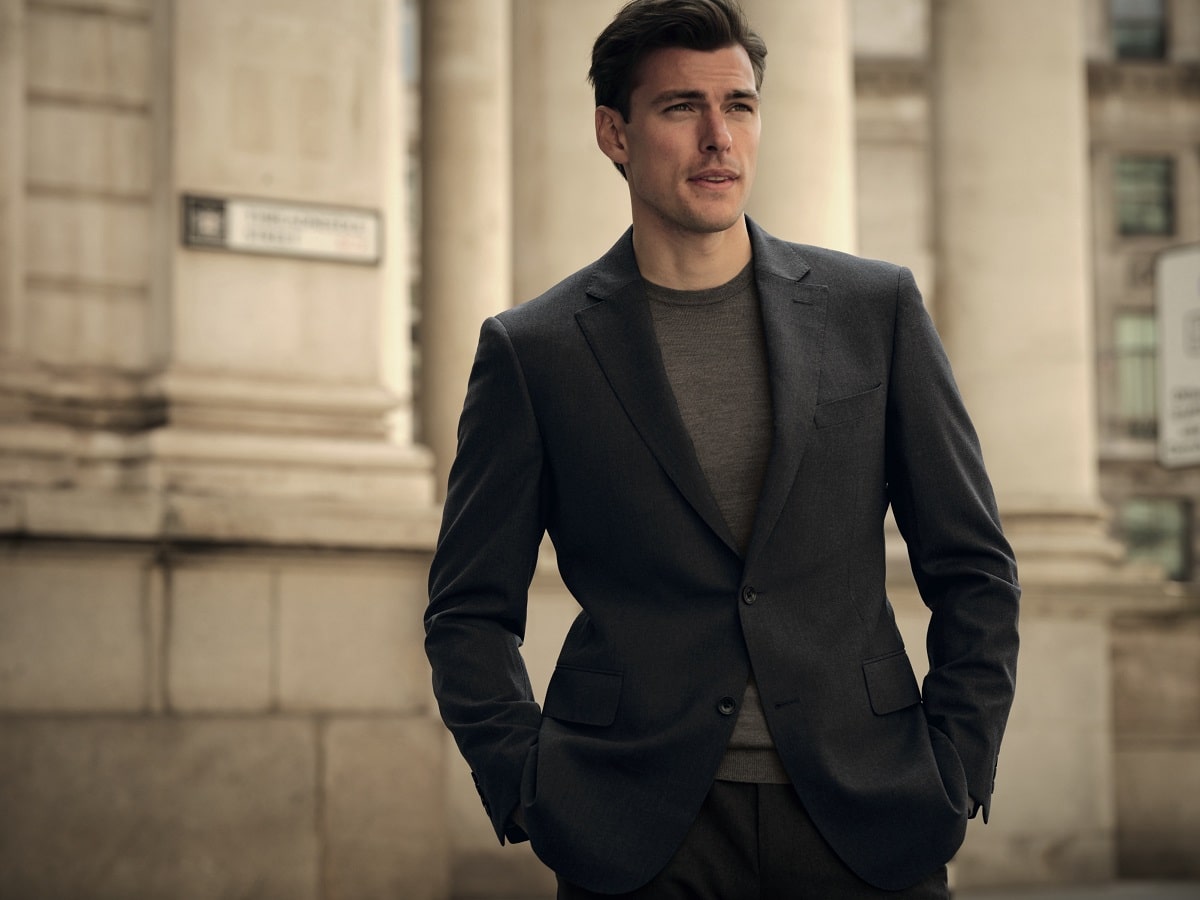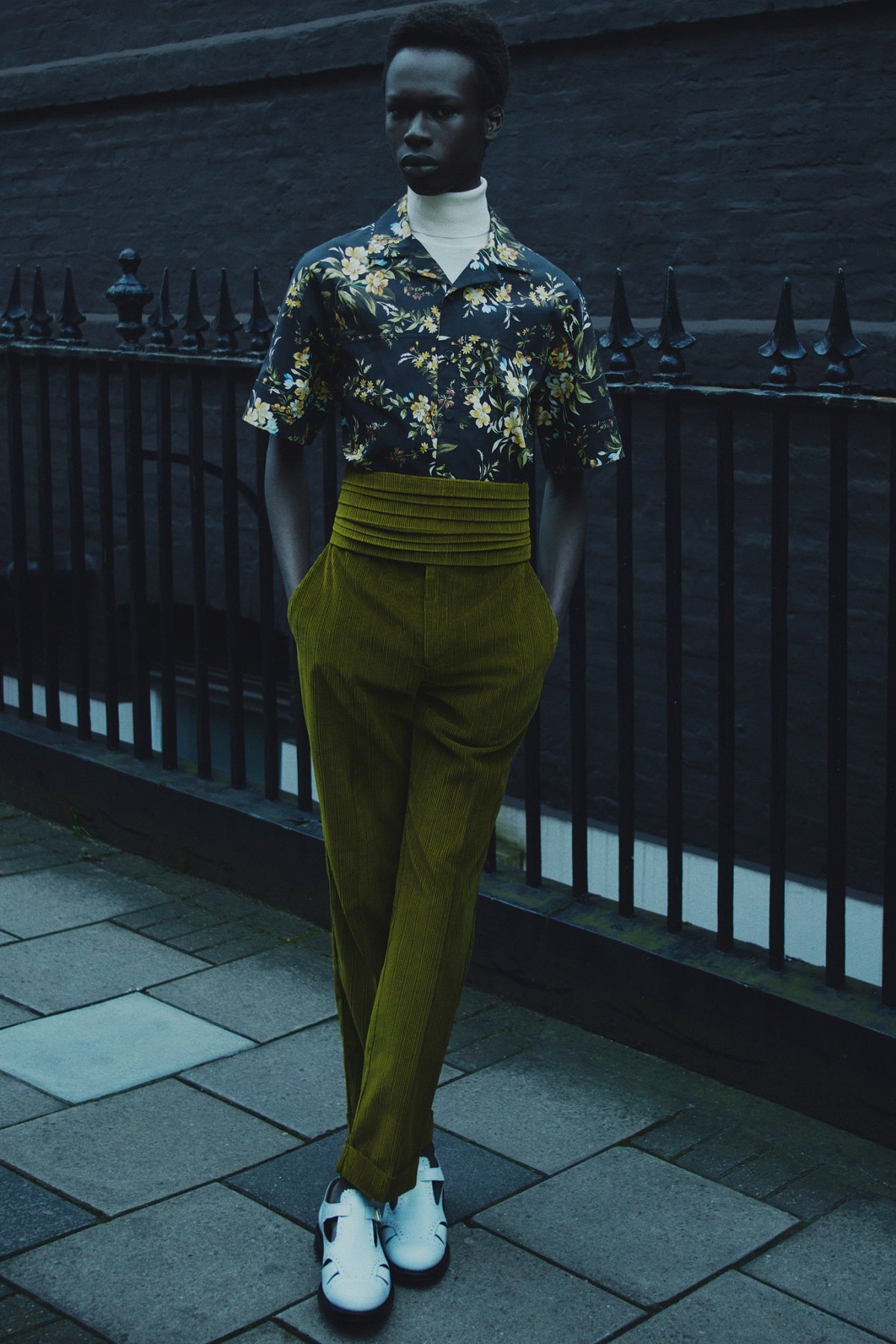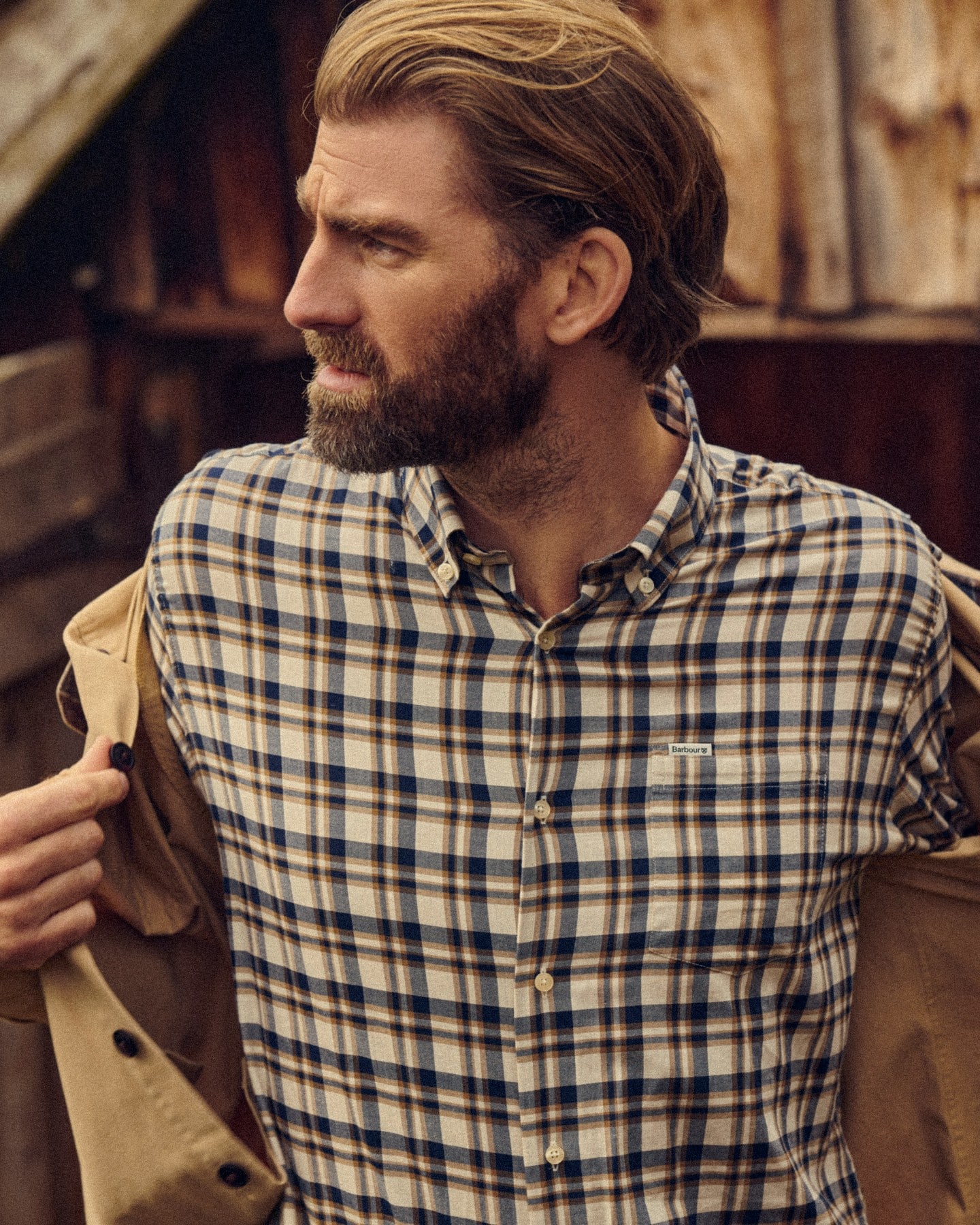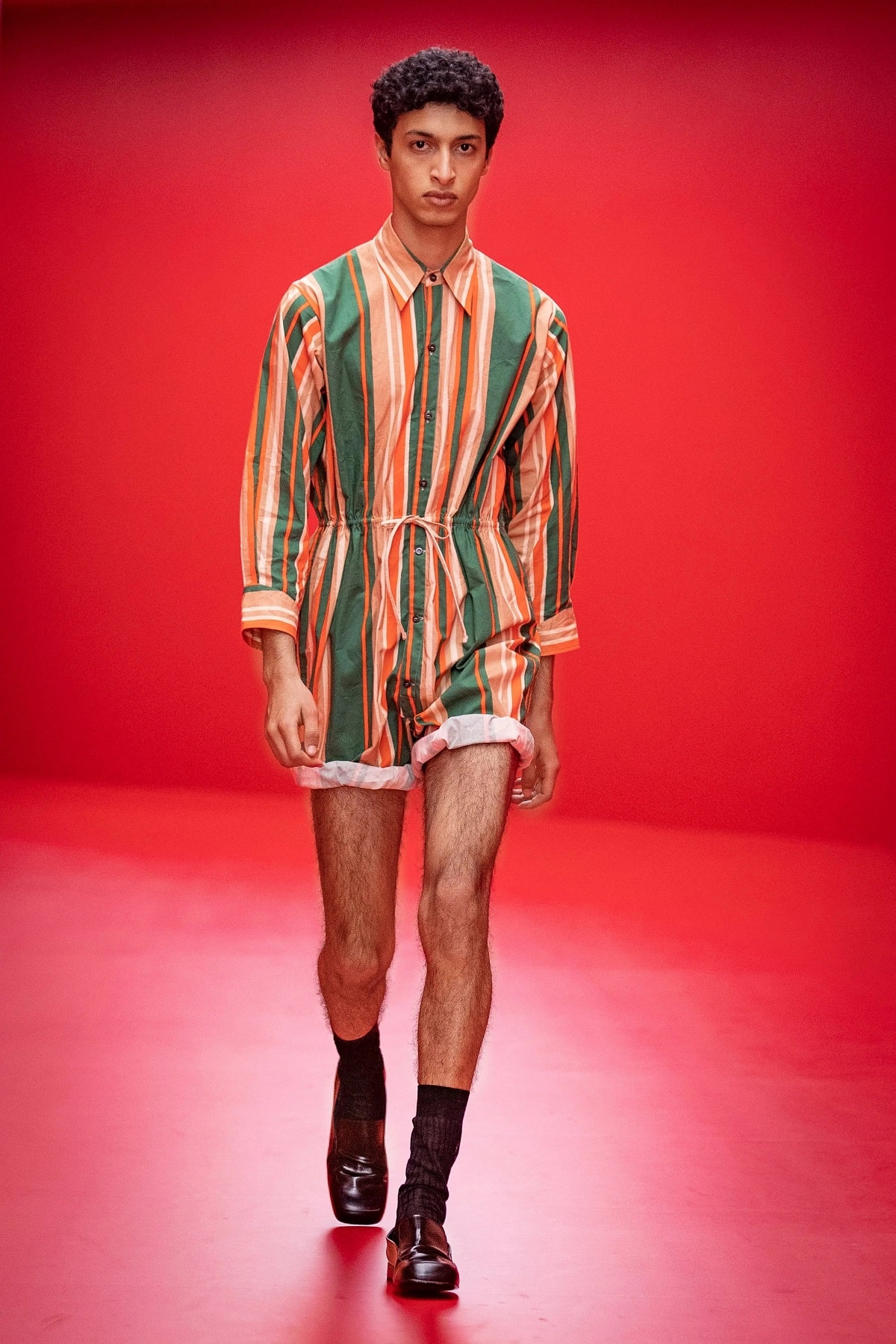1
HOME > Tips & Advice >
WHAT DOES IT MEAN TO DRESS FOR YOUR BODY TYPE?
Written by Ivan Yaskey in Tips & Advice on the 15th September 2022

In the present, dressing for your body type feels like a throwback to the physique-shaming 2000s, where the goal, above all else, was to appear slim or muscular. Especially in the more diverse, body-positive present, this relic might not hold much weight, there’s a flipside to it: Understanding how to dress for your form, shame and judgement free, often results in clothing falling better on your body and, indirectly, influences the impression you make. Especially during times of extreme fits – think ultra-skinny jeans to the present’s wide-cut everything – mastering how to dress for your body type weeds out poorly fitting clothing and results in garments that compliment rather than obscure your shape. Especially if you’re someone who wonders why certain items just don’t look “right” on you, consider the following:
The Modern Interpretation of Dress for Your Body Shape
Whether through intended advice or unsolicited comments, you might have heard something along the lines of: that fits too closely, that print seems too loud, or those trousers hug your thighs too much. You sense the judgement – “Cover up!” or “No one wants to see that!” – but also feel a tad frustrated: Why does nothing seem to fit, even when it’s supposedly your size? This can mean, based on your budget, that you build a capsule or investment wardrobe that always seems awkward. The principles of the present iteration of dressing for your body type in mind encompass:

Knowing what your body shape is: This is often based on genetics and skeletal structure, with fitness and other lifestyle habits thrown in.
Understanding that you will need to visit a tailor at some point: This is often to taper or slightly adjust a form so that it fits your body better – often accentuating your shape and adding structure by eliminating excess fabric.
Avoiding aspirational style: While this approach tends to be associated with womenswear, men are just as guilty: You purchase items, perhaps as motivation or “eventual” style, telling yourself that it will fit better if you lose a few more pounds, add more lean muscle, or bulk up, depending upon your fitness goals. Unfortunately, especially if the garment is cut with an inverted triangle body shape in mind, it might not ever fit, and short of letting out the side seams, you’re stuck with something you won’t ever wear. If your weight fluctuates, you risk having said garment not fit you once you gain a few pounds.
Approaching trends with discernment: Beyond considering the shelf life of some trends, you’re advised to view every garment through the lens of your body type and how it will look. In the present, for instance, many of the wider-fitting trousers and shirts exaggerate a rectangular frame and look extra baggy.

Understanding Body Types
Based on the relationship between your shoulders and hips, men’s body types fall into the following groups:
Trapezoid: This is the most common off-the-rack fit – although it doesn’t align with the majority of body types, necessitating a visit to a tailor. Trapezoid body types have a waist that’s just slightly smaller than the shoulders, with width increasing from the waist on up.
Triangle: Contrary to how most men’s garments are cut, a triangular shape is the most common body type. Triangular pertains to hips wider than your shoulders, with width increasing from the chest through your midsection.
Inverted Triangle: This is the aspirational gym body, although not always easily achieved or physically possible based on your bone structure and where your body holds fat. An inverted triangle is essentially an exaggerated trapezoid: significantly wider shoulders in relation to your waist, with sharper, narrower lines in between.
Rectangle: The most straightforward, “rectangle” describes a body where the shoulders and hips run parallel to each other and are of equal lengths. Aside from trapezoid shapes, this is the second-most common fit among men’s apparel.
Oval: Often due to how your body carries excess weight, an oval describes a shape where your waist or mid-torso is wider than your hips and shoulders.

What Body Shapes Mean for Dressing
Ultimately, as we mentioned here, your clothes create an illusion of structure – more angular lines that highlight rather than cover up your body’s form. This approach, of course, varies with your body type. Now, we’re not going to tell you to avoid certain clothes due to how unflattering they look on your frame – after all, the 2000s are thankfully in our rearview. Rather, you’re advised to think about the following factors regarding how clothes look on and fit your body:
Fit and Cut: Yes, fit and secondarily cut are the top attributes when it comes to looking sharp and put together. Yet, results and effect vary with body type. In general, baggy silhouettes are to be avoided, unless your shape already has more of a defined structure – for instance, an inverted triangle body.
Patterns and prints: Certain prints and patterns have lengthening qualities – vertical stripes are the most commonly referenced – and others, like horizontal stripes and checks, can make your torso appear wider. Bright, complex prints can also end up calling attention to areas where you carry weight. Breaking up these elements – for instance, with colour-blocking – can enhance the illusion of structure.
Adding structure: The lines your shirt, trousers, and particularly your jacket create frame your structure, making you seem taller or shorter and highlighting your waist and shoulders. Certain styles – for instance, the presently popular double-breasted blazer – end up adding more bulk and a boxy shape to your midsection. Realize that anything loose – wider cut or soft in silhouette like a bomber – obscures the illusion of structure and needs a contrasting element. Beyond these borders, consider smaller aspects like necklines and seams in relation to your shape: something tighter fitting with a V-neck might be more physically accentuating, but it also draws the eyes away from your shoulders.

Trending
2
3
4
5
6
7
8
9
10










